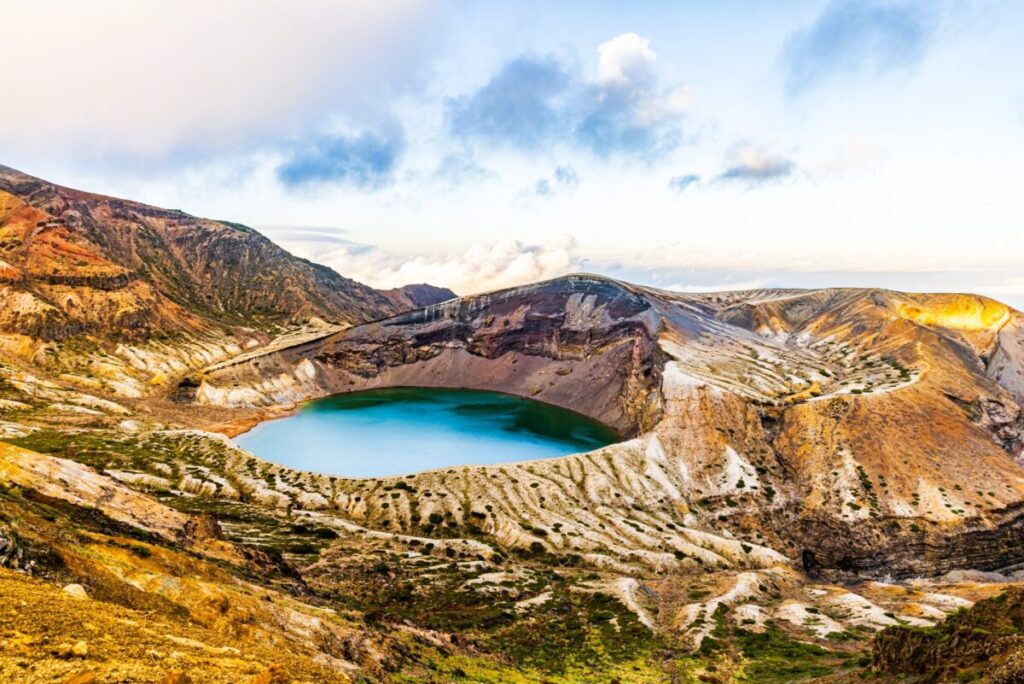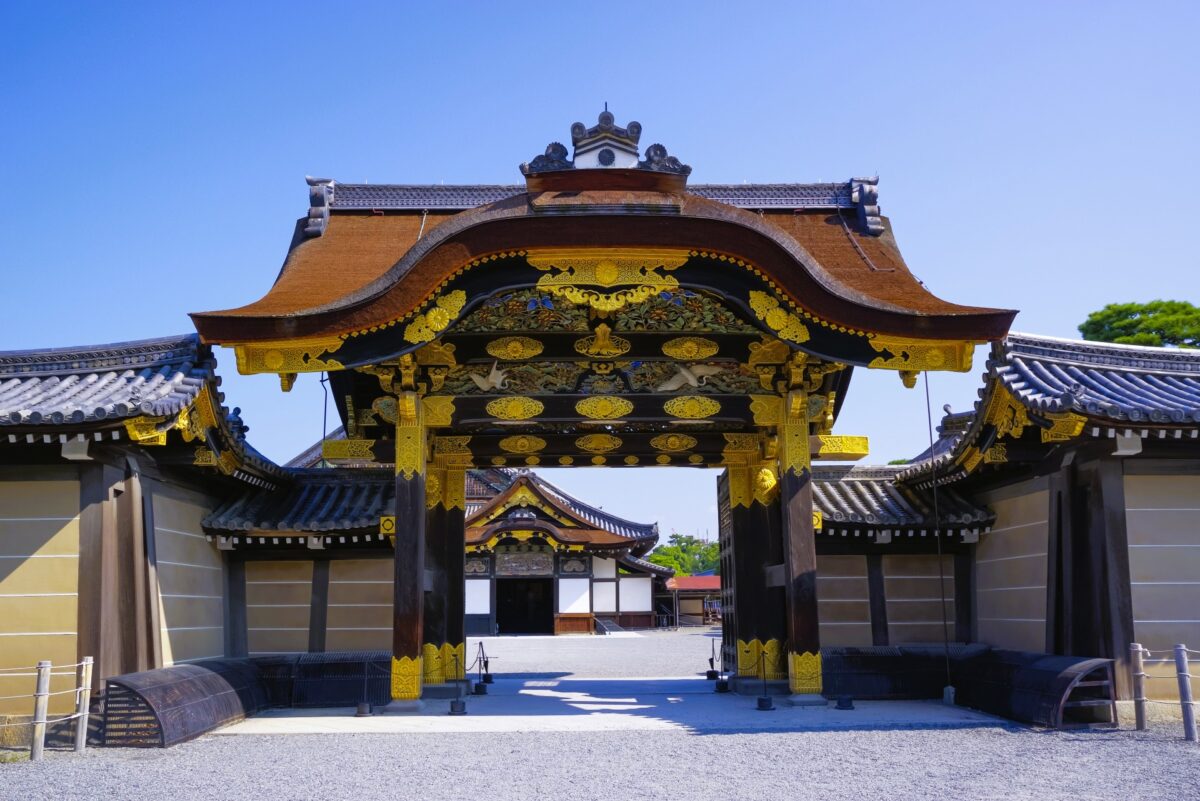Choosing Between Nationwide and Regional Rail Passes
When planning train travel in Japan, one of the biggest decisions is whether to purchase a nationwide Japan Rail (JR) Pass or choose a more focused regional pass like the Kansai, Hokkaido, or JR East Pass. Which pass makes the most sense for you will depend heavily on your itinerary, how many long-distance trips you plan to make, and how much flexibility you need.
Below is a comparison of pass types that highlights what each covers, who benefits most, and why.

| Pass Option | Coverage | Duration Options | Price (2025) | Best For |
|---|---|---|---|---|
| Nationwide JR Pass | All JR-managed lines across Japan (Shinkansen, express, local) | 7 / 14 / 21 consecutive days | Ordinary: ¥50,000 / ¥80,000 / ¥100,000 Green (First Class): ¥70,000 / ¥110,000 / ¥140,000 | Travelers crossing multiple regions, e.g. Tokyo → Kyoto → Hiroshima → Fukuoka |
| Regional Passes | Limited to a specific JR region or route | Usually 3–7 days (varies) | From around ¥12,000–¥30,000 (depending on the region and pass) | Visitors concentrating on one geographic area, such as Kansai, Tohoku, or Hokkaido |
Why Choose the Nationwide JR Pass?
The Nationwide JR Pass remains the most flexible rail option in Japan. Here’s what makes it powerful, especially for cross-country travel:
- Unlimited travel on JR lines: You can ride almost every JR train, including most Shinkansen (bullet trains), limited express, and local trains.
- Seat reservations included: You can reserve seats for many JR trains at no additional cost, which is especially helpful on busy Shinkansen routes.
- Value for long trips: If your itinerary spans several regions — for example, a trip that includes Tokyo, Kyoto, Hiroshima, and Fukuoka — the pass often pays for itself compared to buying individual tickets.
- Green class option: For more comfort, you can opt for the Green (first-class) pass, which gives you access to more spacious, quieter cars.
However, there are some trade-offs:
- Higher upfront cost: The nationwide pass is expensive, especially since the price increase in October 2023.
- Some exclusions: Certain super-fast Shinkansen such as the Nozomi and Mizuho may not be included or require extra fees, depending on the pass terms.
- Consecutive-day validity: The 7-, 14-, and 21-day passes must be used on consecutive days once you activate them.
When a Regional Pass Is Smarter
Regional passes (like those offered by JR East, JR West, or JR Hokkaido) can offer major savings if you are focusing your trip on one area. Here’s why they’re often the better choice in that scenario:
- Lower cost: Because you’re only covering a smaller region, the fare for regional passes tends to be much lower than the nationwide pass.
- Tailored to local travel: These passes are designed around popular regional itineraries — for example, temple towns in Kansai, mountain escapes in Tohoku, or scenic rides in Hokkaido.
- Flexible durations: Many regional passes offer short validity (3 to 7 days), which fits perfectly with shorter, focused trips.
- Good for regional loops: If you plan to explore a compact area intensively (say Kyoto → Nara → Osaka), a regional pass often gives the best coverage without paying for unnecessary long-distance travel.
That said, regional passes also have trade-offs:
- Limited coverage: They typically don’t cover JR lines outside their specific area. If your trip crosses into other regions, you’ll likely need separate tickets or an additional pass.
- May require extra planning: You need to choose the right regional pass very carefully based on the JR lines you’ll actually use.
- Not unlimited national reach: You lose the convenience of hopping on a JR train anywhere in Japan without thinking about fare zones.

Is the JR Pass Still Worth It After the 2023 Price Hike?
After the October 2023 price revision, the cost of the JR Pass jumped significantly. As of 2025, the latest official prices are:
- Ordinary (Standard) Pass:
- 7 days: ¥50,000
- 14 days: ¥80,000
- 21 days: ¥100,000
- Green (First Class) Pass:
- 7 days: ¥70,000
- 14 days: ¥110,000
- 21 days: ¥140,000
Given these higher prices, whether the JR Pass “pays off” depends more than ever on your travel style:
- Long-distance, multi-region itineraries: ✅ Likely still worth it. If your trip covers several far-apart cities (e.g. Tokyo → Kyoto → Hiroshima → Fukuoka), the pass can save money versus buying each leg separately.
- Short stays in a single region: ❌ Less likely to be cost-effective. For example, a 5-day trip in Kansai might be cheaper with a regional Kansai pass + local transport than using a nationwide JR Pass.
- Frequent train users: ✅ Travelers who love to hop between destinations (day trips, side trips) get more value.
- Comfort seekers: ➕ If you want more comfort, the Green pass could be worth it — but only if you’re using it frequently on long rides.
How to Decide (Step-by-Step)
Here’s a practical framework to help you pick the right pass:
- Map your route
- Write down all the cities and train rides you plan (including side trips).
- Estimate how much train fare you would pay individually (use JR fare calculators or websites).
- Calculate pass vs ticket cost
- Compare the total of individual fares to the cost of a nationwide or regional pass.
- Be realistic about how many Shinkansen or express trains you’ll take.
- Consider convenience
- Do you want the freedom to hop on trains without thinking too much about tickets? The pass offers that.
- Do you mind planning every leg in advance to save some money? Then maybe mix and match passes or buy individual tickets.
- Think about timing
- Activate the pass when your long-distance trips begin.
- Use seat reservations when needed (especially for Shinkansen or long routes).
- Factor in flexibility
- Regional passes often let you stretch your validity because you can choose when to use the valid days.
- Nationwide passes force consecutive usage, so wasted days can reduce value.

Recommendation Scenarios
Here are a few example scenarios, and which pass would make the most sense for each:
- First-time visitor doing Golden Route (Tokyo → Kyoto → Osaka → Hiroshima → Fukuoka)
→ Use the Nationwide JR Pass. The long Shinkansen legs and multi-region travel justify the cost. - Cultural trip centered in Kansai (Kyoto, Nara, Osaka)
→ Get a Kansai regional pass (or JR West – Kansai) instead of the nation-wide, since most trips are local. - Exploring Tohoku + Northern Honshu (Sendai, Aizu, Yamagata)
→ Consider a JR East Pass. It allows flexible days (depending on pass) and focuses on the northeastern region. - A few days in Hokkaido
→ Use a Hokkaido-only pass or relevant JR Hokkaido pass rather than the full JR Pass, especially after the JR Hokkaido pass price change in 2025. - A 14– or 21-day “grand tour” (Tokyo → Kyoto → Hiroshima → Fukuoka → Aichi → Aomori → Sapporo)
→ Definitely lean toward the Nationwide JR Pass, because it simplifies transportation and likely saves money over individual tickets.
Final Thought: Balance Value and Flexibility
- The Nationwide JR Pass is still the best option for travelers who want to cover a lot of ground, especially with multiple long-distance Shinkansen rides.
- But for travelers who are staying in one region, or only making a few train trips, a regional pass or a combination of local tickets + IC cards (Suica, ICOCA, etc.) may be more economical.
In short: think carefully about your route, run the numbers, and then choose the pass that gives you the best mix of freedom, convenience, and savings.


